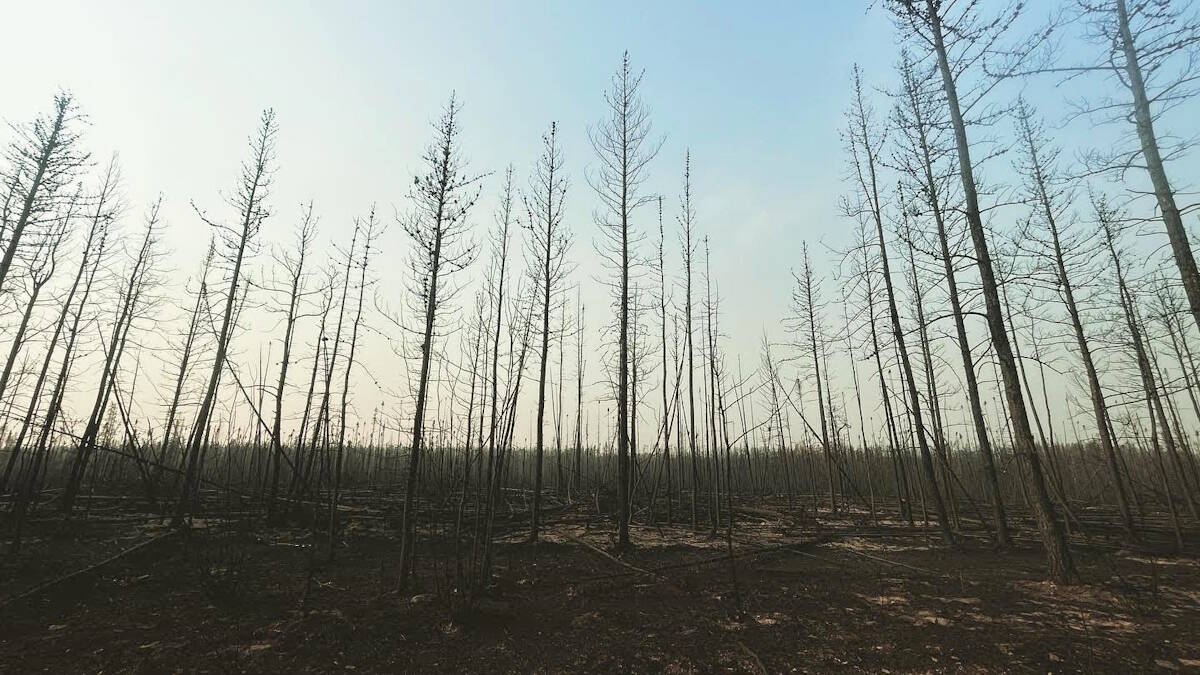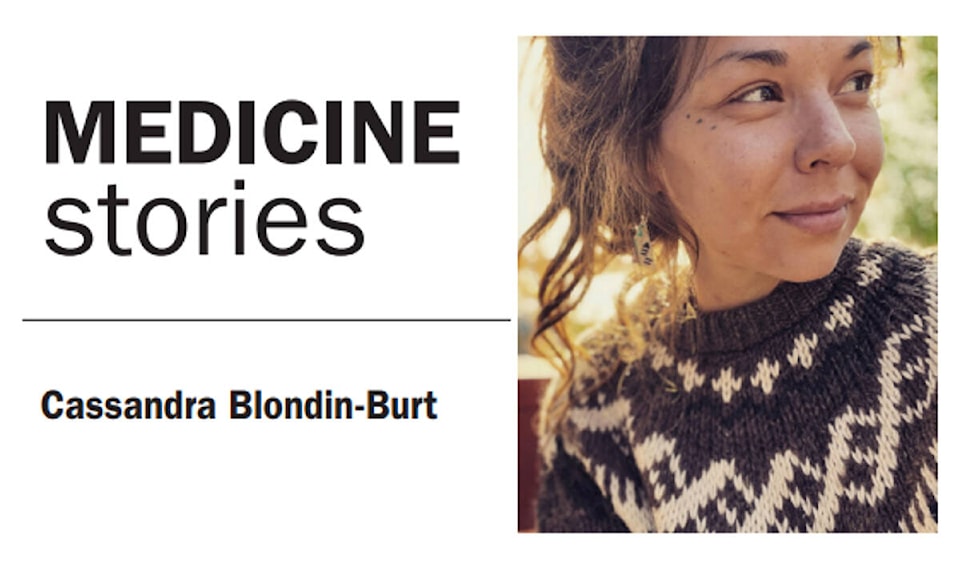I dreamed of the people, gathering at the centre of the Sahtu, Great Bear Lake — fires spread all across the territory, making it the only safe place to be.
But, unlike firefighters, who spray water and chemicals to suppress this element, we had fire carriers, who honoured fire, learning to work with K’o (fire), to tend the land, maintain the land and transform the waters, air and soil, bringing the Earth back into alignment. K’o, fire, home, spirit, energy — it is all the same sacredness.
We can choose to remember our early sciences and land philosophies, in harmony with creation, resource, spirit, Mother Earth, Gaia, our first mother, and through her teachings bring our world back into balance, into harmony. Or we can continue to ignore her ancient wisdoms.

The day after the evacuation order lifts I returned to Yellowknife, a Thursday.
I drove all day, but still arrived at night, my little Jeep turning the seven-hour long drive into 10. The air in Yellowknife smells like burning wood, smouldering flames and the sky is an odd ash grey — a colour I have never seen before. Scorched ground and half-burnt trees, delicate root systems all destroyed along the highway.
In other lives than as a columnist, I am a Yellowknives Dene plant medicine-maker, and recently employed as a researcher with National Resources Canada, through a program called Sistering Indigenous and Western Science, fostering women in science, technology, engineering and mathematics.
I currently mentor student researchers taking part in the program. My project was focused Dene fire science and the fire practices of the southern tip of what is now called Vancouver Island.
Meadow-making and shoreline-keeping were a large part of fire practices here in Chief Drygeese Territory, and in other regions of Denendeh. It was through fire that we were best able to care for these bio-rich spaces, and where a plant medicine-maker, like myself, would nurture and develop food and medicines for our community.
I believe whole-heartedly that we can still utilize Dene fire sciences to drastically alter how we experience wildfire seasons in the coming decades.
To understand fire is to understand ourselves: the necessary action of maintaining the health of our inner K’o so we may contribute to the collective K’o of our communities. There is so much to be learned from fire, not fighting fire with fire, but rather meeting the flame where it is asking to be met and healing alongside the land.
Indigenous fire ways are complex and sophisticated, but I was told that where we humans bathe with water, the land bathes with gentle fire.
Fire is how we clear the debris, that which is no longer serving us; how we release it and clear it away. And wildfires are not the only way that fire is, the only way that fire can be seen, let alone utilized. There are ways of utilizing this same energy, this same element, as a tool.
I realized very quickly, while collecting data, that walking in my bare feet was the only way to safely move, ever so slowly, across scorched soil along the highways outside Enterprise and Kakisa recently.
I’m suddenly oddly grateful for the soft pads of my feet, which give me so much good information about the world, and the ground beneath me.
Warmth in the soil is my cue to slow the heck down and pause before I trudge forward, snapping photos of burnt spruce and pine and wondering what growth in these spaces will look like in the weeks, months and years ahead.
